38 gene and chromosome mutation worksheet
my.clevelandclinic.org › health › diseasesBirth Defects: Causes, Definition & Types - Cleveland Clinic Every human body cell contains 46 chromosomes, and each chromosome contains thousands of genes. Each gene contains a blueprint that controls development or function of a particular body part. People who have either too many or too few chromosomes will therefore receive a scrambled message regarding anatomic development and function. › createJoin LiveJournal Password requirements: 6 to 30 characters long; ASCII characters only (characters found on a standard US keyboard); must contain at least 4 different symbols;
Point mutation - Wikipedia Other effects of point mutations, or single nucleotide polymorphisms in DNA, depend on the location of the mutation within the gene. For example, if the mutation occurs in the region of the gene responsible for coding, the amino acid sequence of the encoded protein may be altered, causing a change in the function, protein localization, stability of the protein or protein complex. …

Gene and chromosome mutation worksheet
› genes-and-chromosomesGenes and Chromosomes - Merck Manuals Consumer Version A genetic disorder is a detrimental trait caused by an abnormal gene. The abnormal gene may be inherited or may arise spontaneously as a result of a new mutation. Gene abnormalities are fairly common. Every humans carries an average of 100 to 400 abnormal genes (different ones in different people). Stem Cell Therapy & Treatment - Diseases and Conditions Genetic disorders don’t always arise from a mutation in a single gene (so called monogenic disorders) or in a bigger building block of the genome, a chromosome (so called chromosomal disorders). A lot of diseases are more complex and are caused by mutations in a number of genes at the same time. These are difficult to model, even with modern genome engineering … › books › NBK459274Bacterial DNA Mutations - StatPearls - NCBI Bookshelf Apr 14, 2022 · Genomes of bacteria exist on a single double-stranded circular DNA molecule that contains approximately 4000 kb of DNA and are regulated by operons. A mutation is a change in the nucleotide sequence and can create new cellular functionalities or lead to the dysfunction of others. Mutations can occur spontaneously or be caused by exposure to mutation-inducing agents.[1]
Gene and chromosome mutation worksheet. › watchHeredity: Crash Course Biology #9 - YouTube Hank and his brother John discuss heredity via the gross example of relative ear wax moistness.This video uses sounds from Freesound.org.References: ... en.wikipedia.org › wiki › AneuploidyAneuploidy - Wikipedia Aneuploidy is the presence of an abnormal number of chromosomes in a cell, for example a human cell having 45 or 47 chromosomes instead of the usual 46. It does not include a difference of one or more complete sets of chromosomes. en.wikipedia.org › wiki › Point_mutationPoint mutation - Wikipedia Long-term effects can be a permanent changing of a chromosome, which can lead to a mutation. These mutations can be either beneficial or detrimental. Cancer is an example of how they can be detrimental. Other effects of point mutations, or single nucleotide polymorphisms in DNA, depend on the location of the mutation within the gene. Learn.Genetics - University of Utah Genetic Science Learning Center. (2018, August 7) Learn.Genetics. Retrieved October 10, 2022, from
› books › NBK459274Bacterial DNA Mutations - StatPearls - NCBI Bookshelf Apr 14, 2022 · Genomes of bacteria exist on a single double-stranded circular DNA molecule that contains approximately 4000 kb of DNA and are regulated by operons. A mutation is a change in the nucleotide sequence and can create new cellular functionalities or lead to the dysfunction of others. Mutations can occur spontaneously or be caused by exposure to mutation-inducing agents.[1] Stem Cell Therapy & Treatment - Diseases and Conditions Genetic disorders don’t always arise from a mutation in a single gene (so called monogenic disorders) or in a bigger building block of the genome, a chromosome (so called chromosomal disorders). A lot of diseases are more complex and are caused by mutations in a number of genes at the same time. These are difficult to model, even with modern genome engineering … › genes-and-chromosomesGenes and Chromosomes - Merck Manuals Consumer Version A genetic disorder is a detrimental trait caused by an abnormal gene. The abnormal gene may be inherited or may arise spontaneously as a result of a new mutation. Gene abnormalities are fairly common. Every humans carries an average of 100 to 400 abnormal genes (different ones in different people).


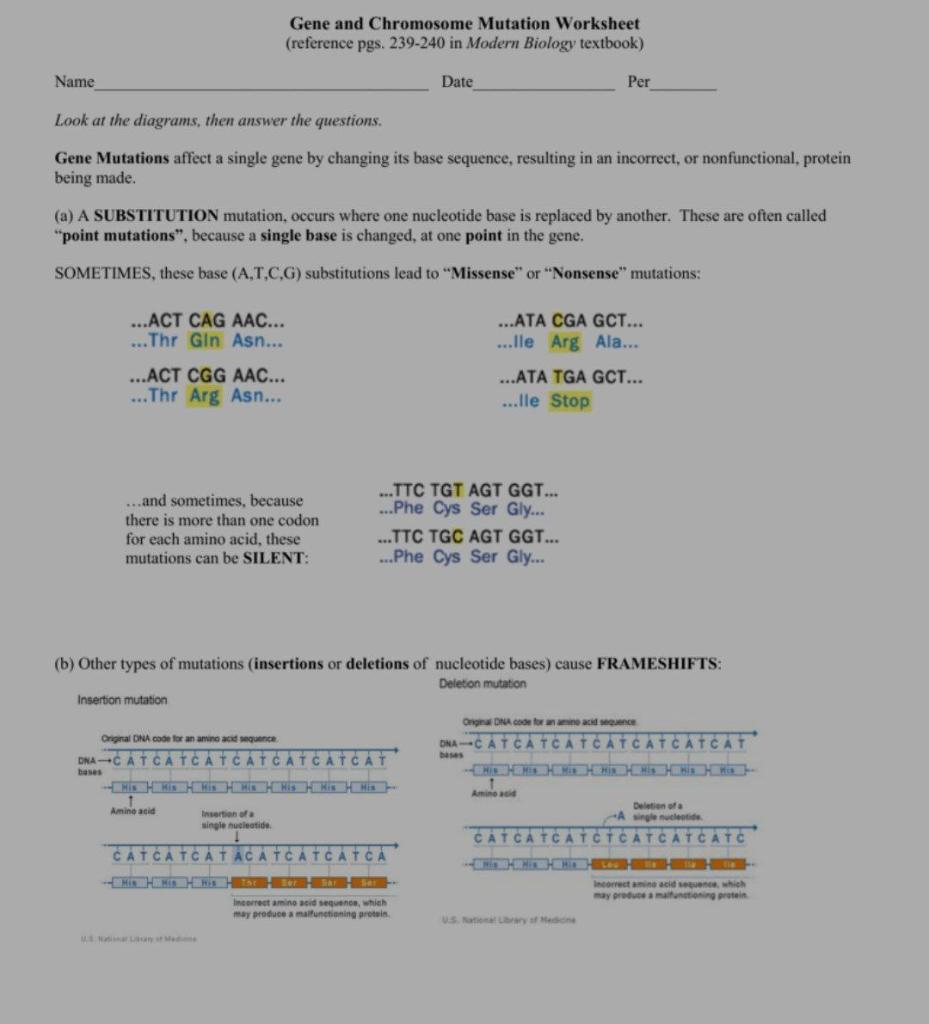



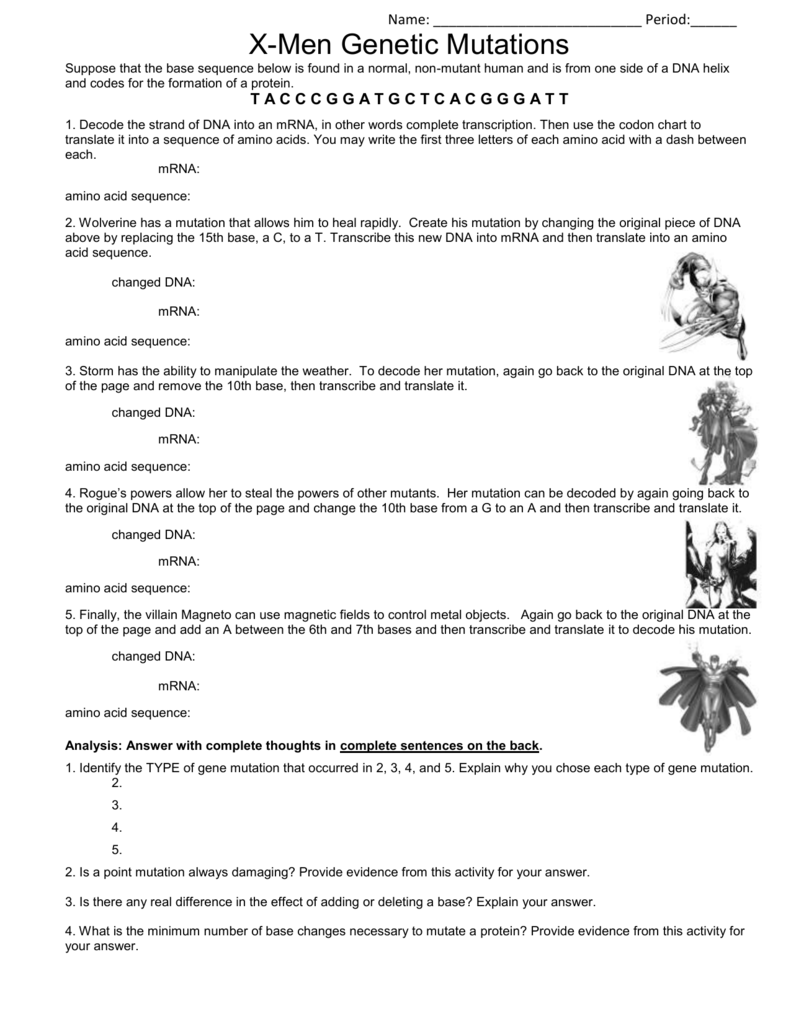

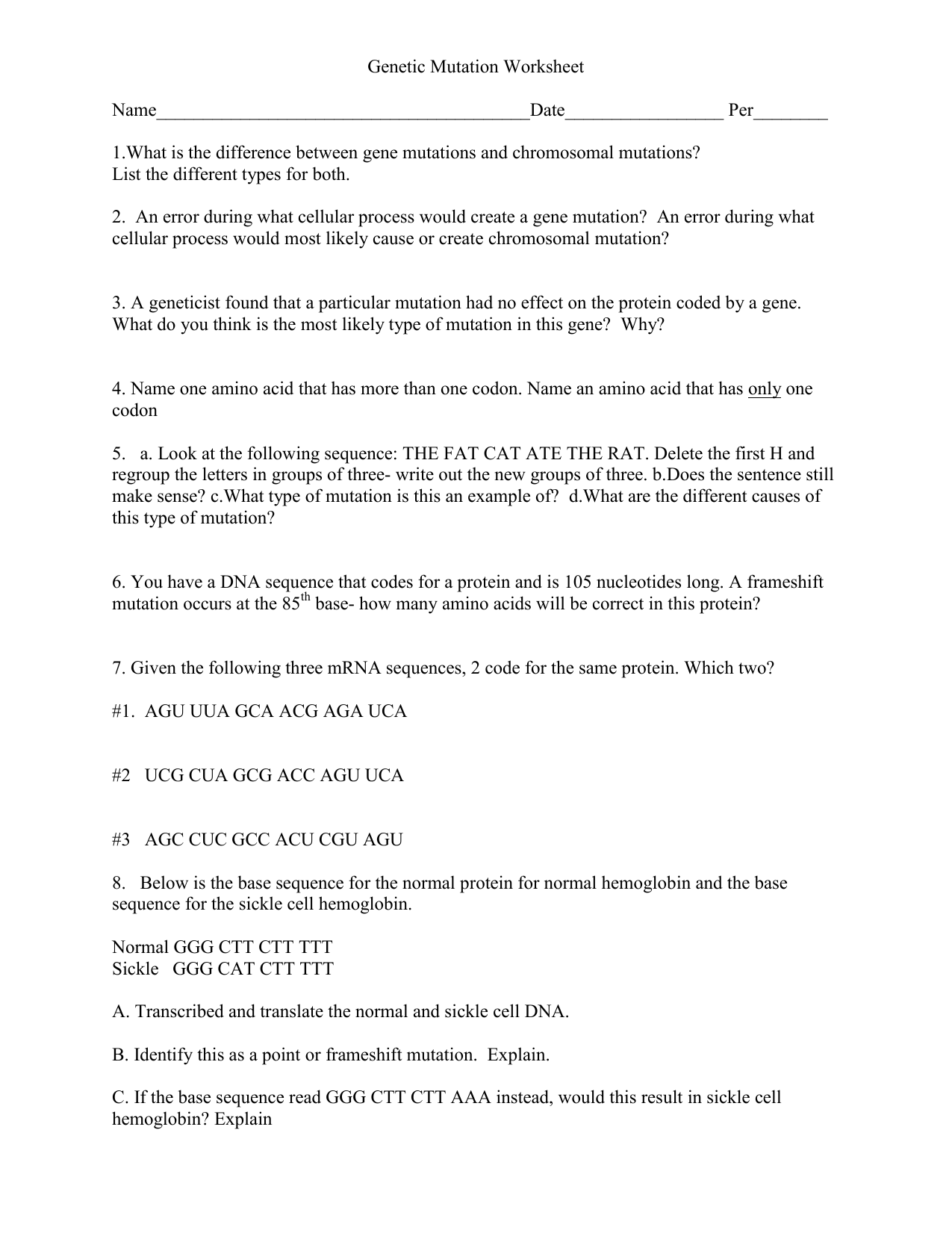
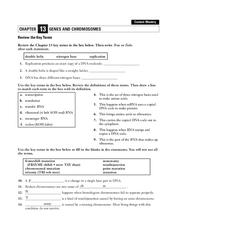
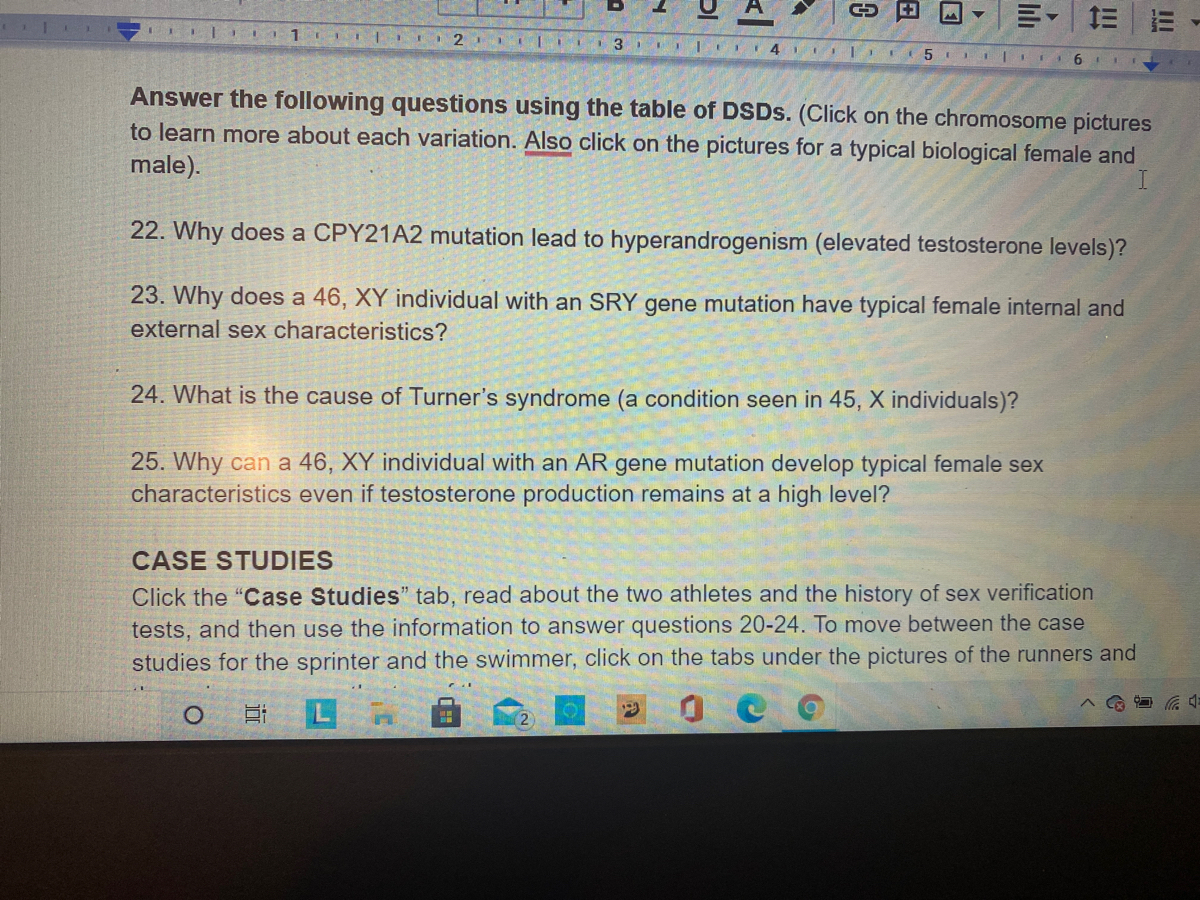

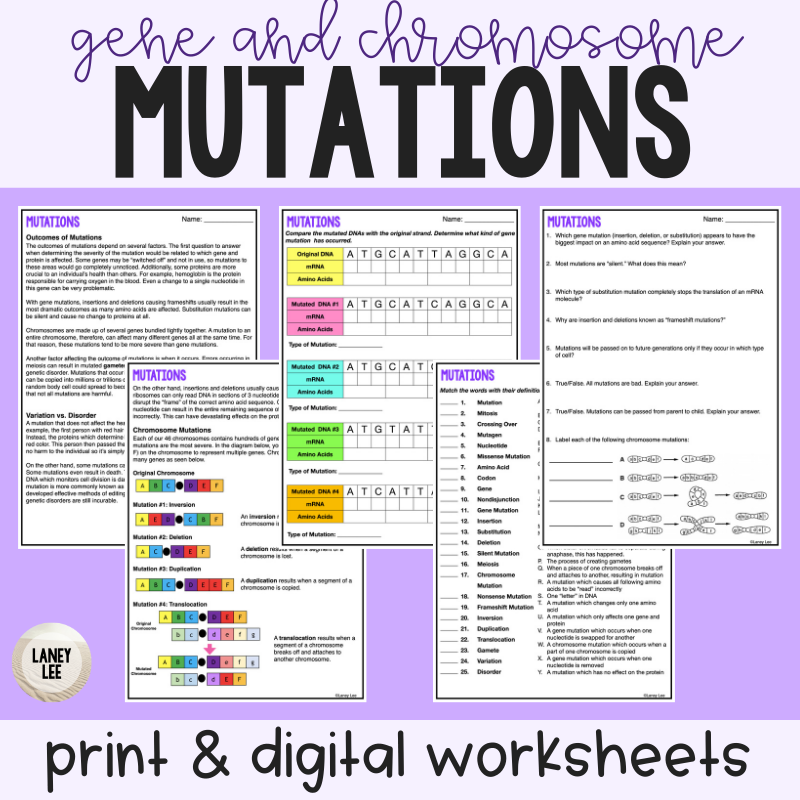
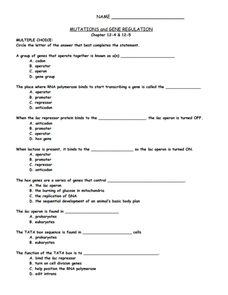




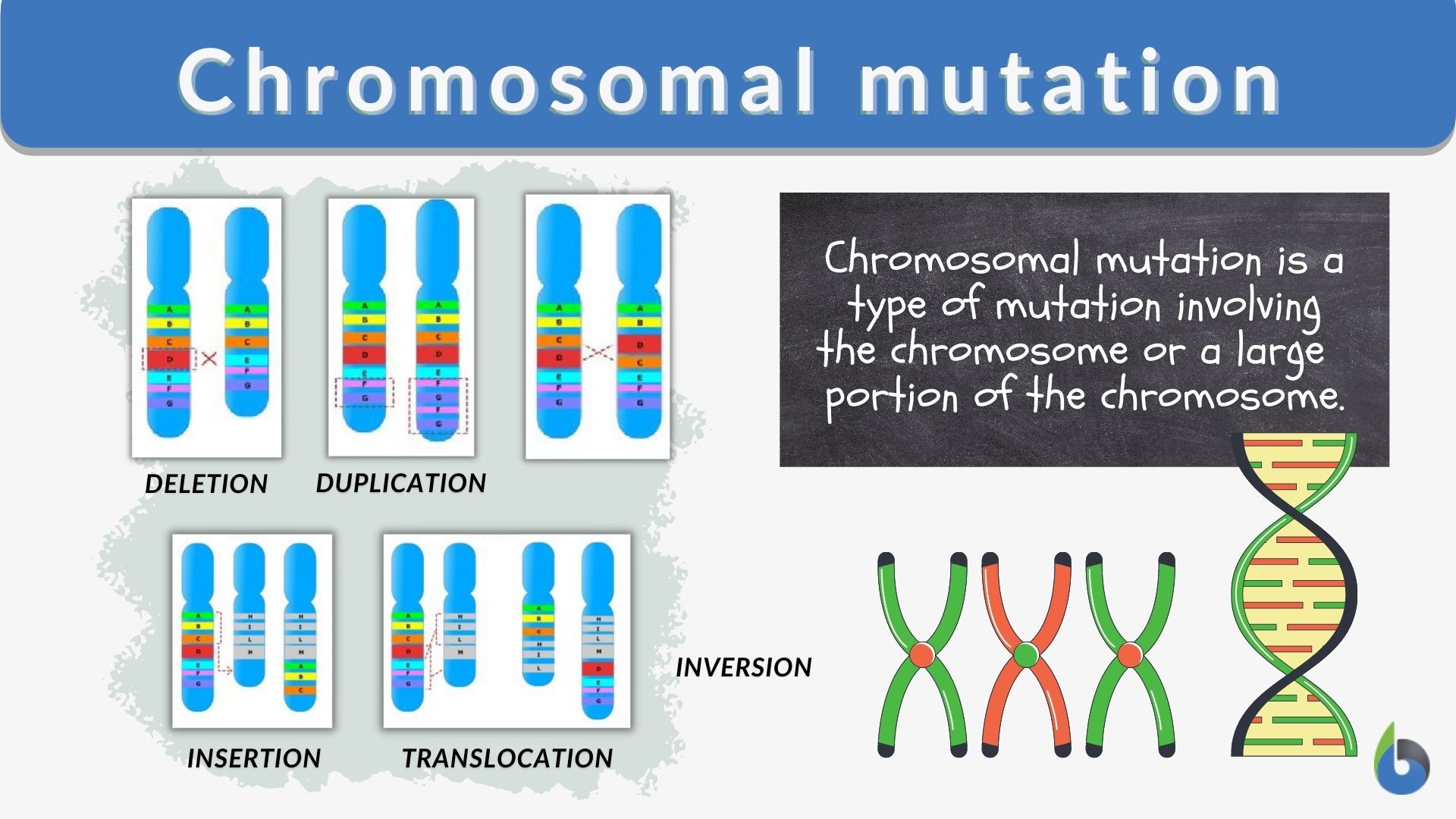





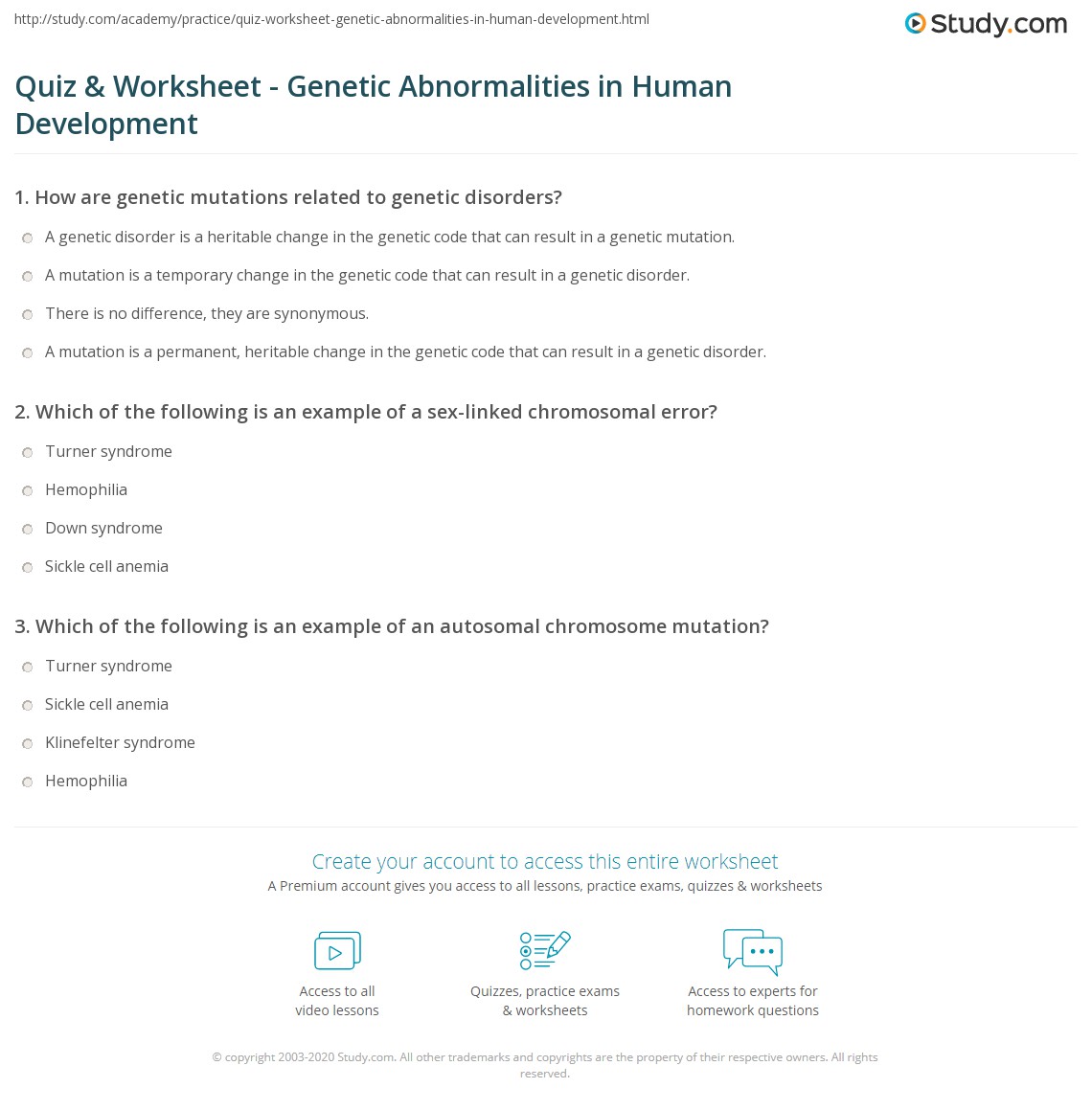

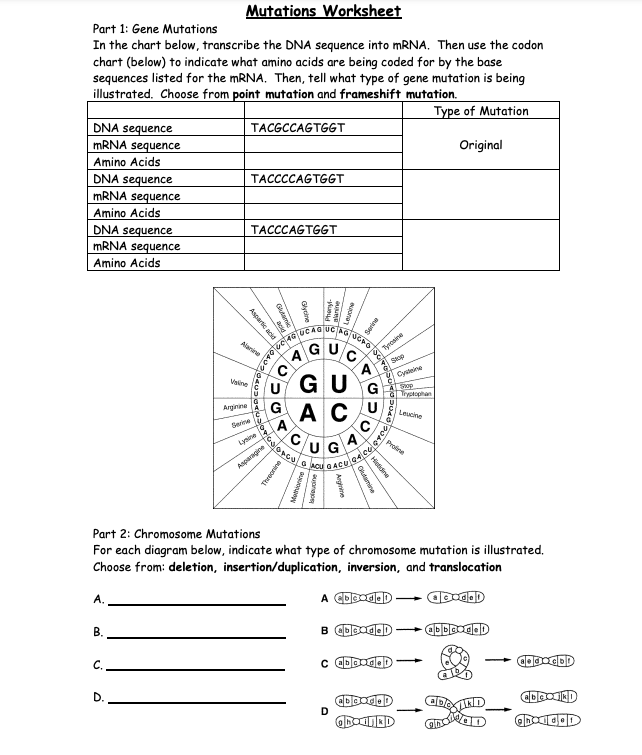
0 Response to "38 gene and chromosome mutation worksheet"
Post a Comment